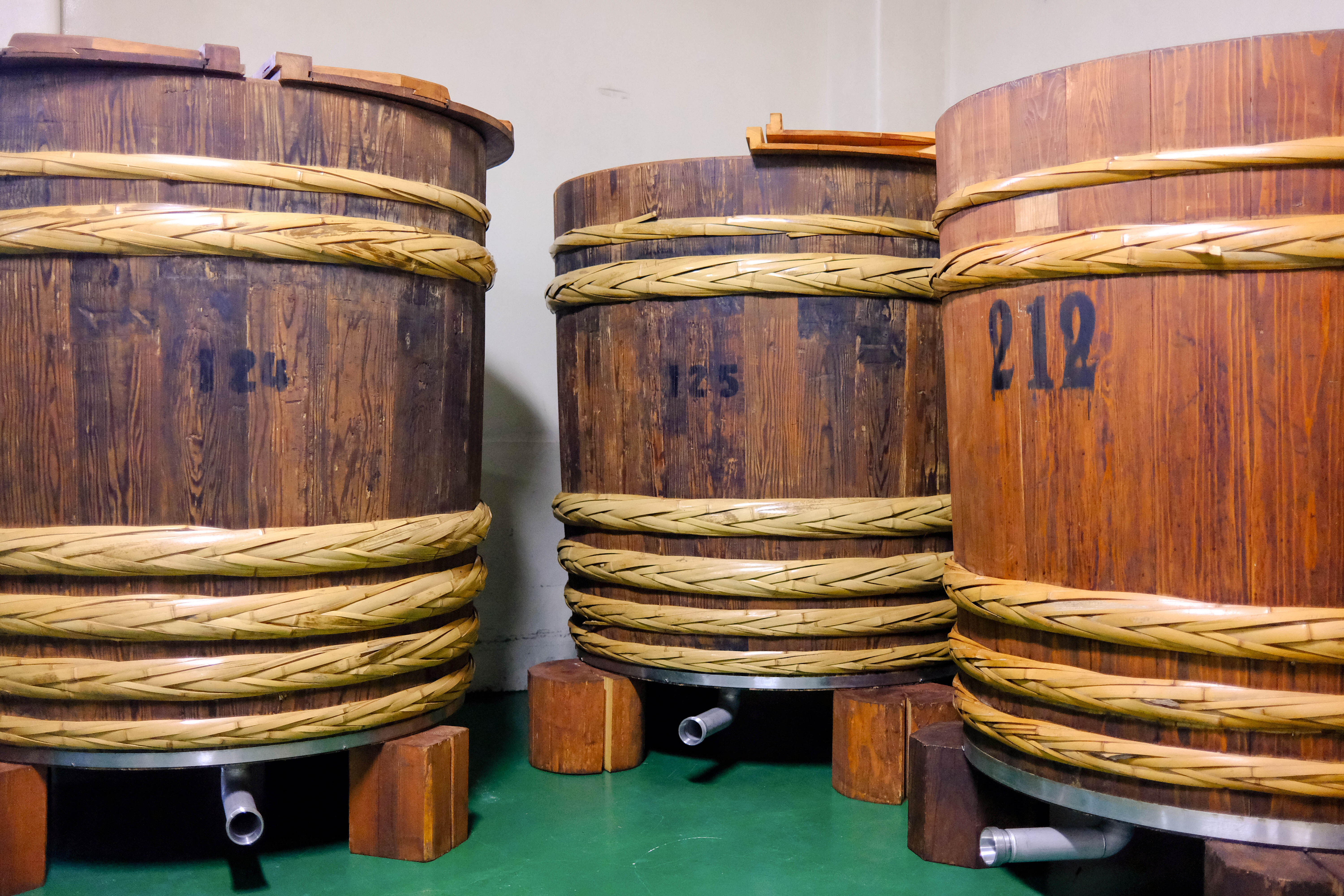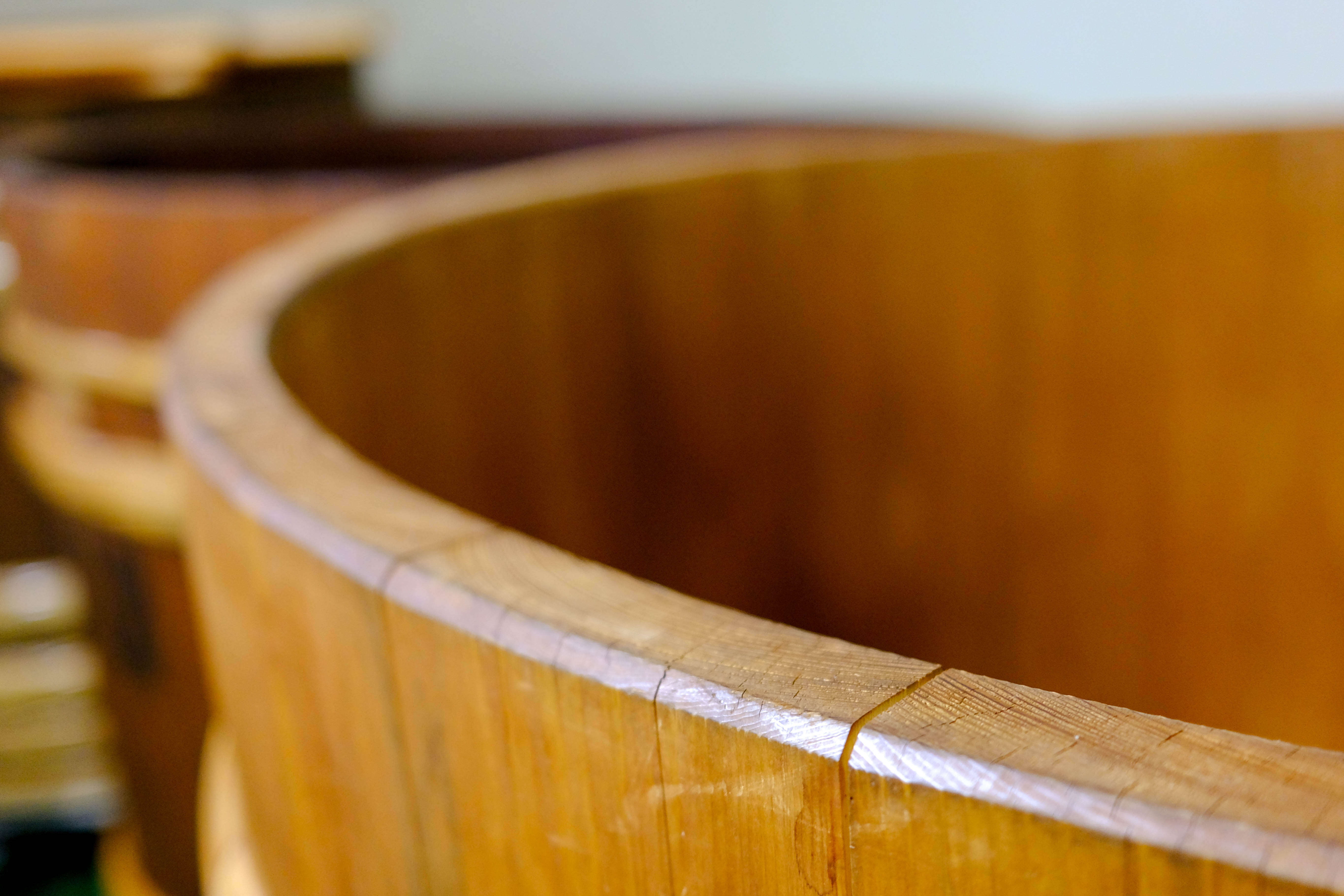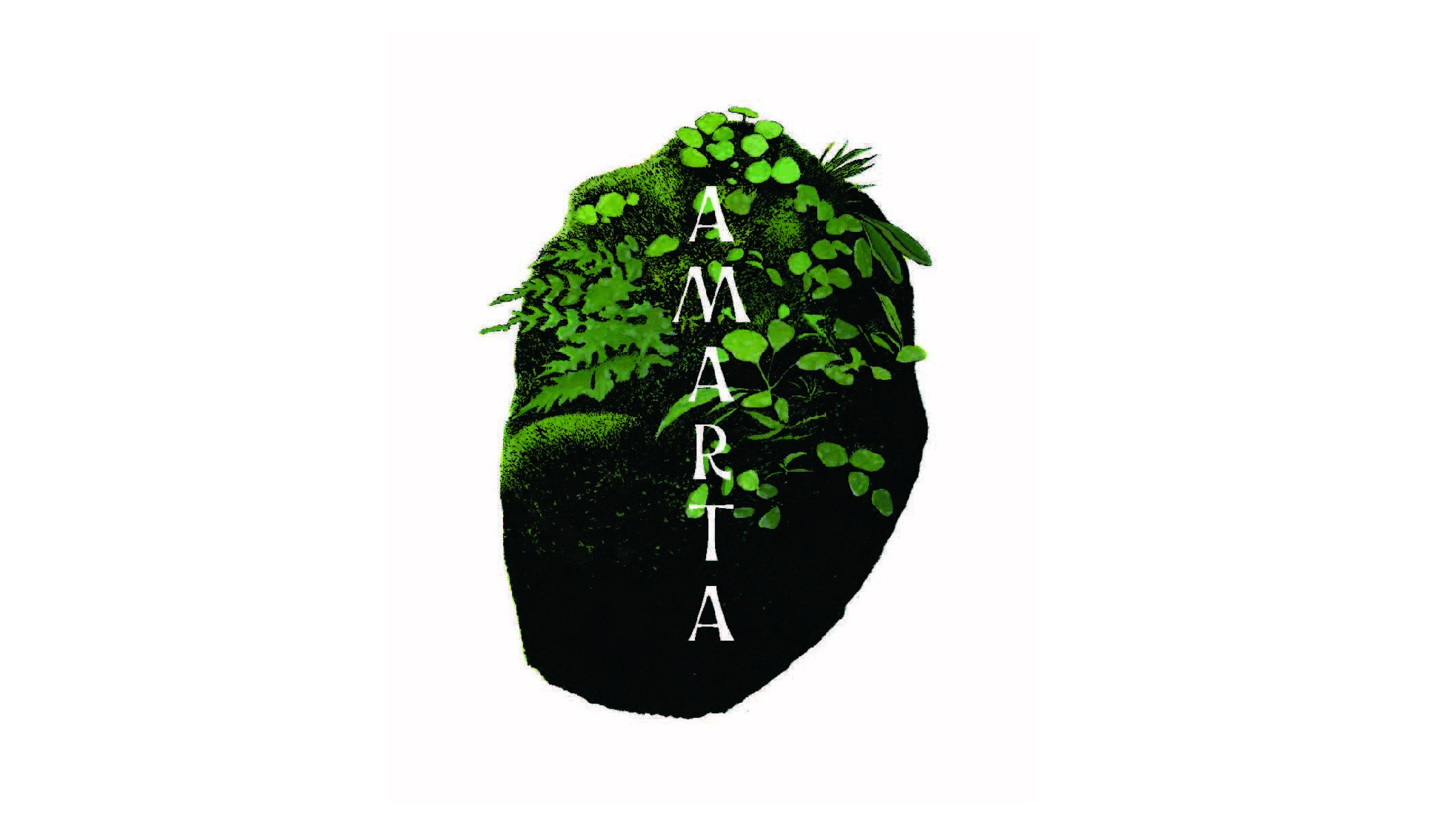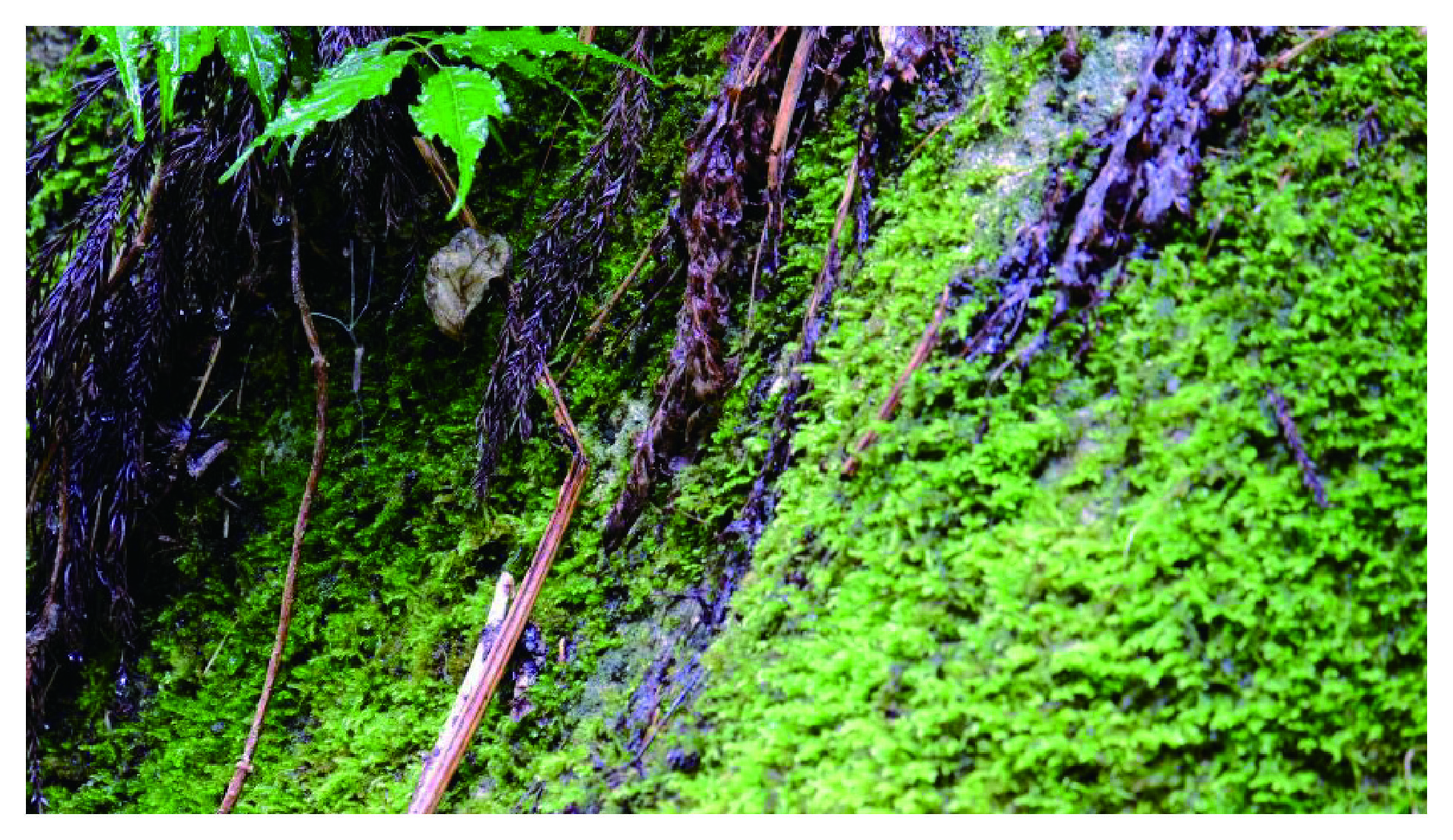吉野の環境の中でこそ生まれる酒造り
The Miyoshino Sake Brewery was founded in 1912 in Nara Prefecture’s Yoshino. With a long history deeply rooted in their hometown, they have built up a devoted core fanbase around their main brand, Hanatomoe.
The story behind the distinctive flavours of Hanatomoe – in fact, to call it unique would not be an exaggeration – begins with the the appointment of Teruaki Hashimoto (the brewery’s executive director today) as Toji, returning to his hometown to take up the position.
Mr. Hashimoto questions the prevalent trend where many brewers select their rice and prepare their facilities in pursuit of sake where “zatsumi” (flavours and aromas considered to be undesirable) is suppressed and pure, fruity flavours are pursued to the exclusion of everything else. Instead, he has come to his own conclusion: he resolved to make something unique, a sake that could only come from his hometown of Yoshino and could only be made because of his love for that hometown.

Sake brewing intertwined with Yoshino’s agricultural community
The Miyoshino Sake Brewery is the affiliate of an agricultural production group company and is deeply connected with the local agriculture of Yoshino.
1. Organic rice sourced from contracted farmers
The Miyoshino Sake Brewery uses exclusively organic rice for its sake, sourced from contracted growers. As a member of the aforementioned agricultural group company, the brewery has a special interest in making the most of each grain of Yoshino-grown rice, as well as having a unique level of proximity to the growers they work with.
With a polishing ratio of 70%, and “so-haze” koji, Amarta’s stylistic direction is clear – the brewery focuses on drawing out the rice’s inherent umami potential and looks to use each grain prudently, making sure nothing is wasted.
2. Kioke made from Yoshino cedar
Famous for the Sakura that covers the mountainsides, Yoshino is also noted for its cedar trees.
In the village where the Miyoshino Sake Brewery is located, one can see various forestry and logging operations, and it doesn’t take an expert to see the importance of the forestry industry for the local community.
By incorporating the local cedar into its sake brewing, Miyoshino has further deepened its connection to the local community.
As of 2023, the brewery uses three wooden kioke vats. By expanding and contracting in accordance with temperature and humidity level, they naturally regulate fermentation temperatures, and add an extra layer of complexity and texture to the sake.
As if anyone needed any more proof, the brewery’s choice to use local cedar for their kioke vats demonstrates yet again their unbreakable bonds with the people and nature of Yoshino.

A natural sake with a taste like no other
Amarta’s remarkable flavour profile is the product of a number of decisions during the brewing process, most notably the use of ambient yeast, brewing in wooden vats, and the use of mizumoto and yamahai brewing techniques.
1. Ambient yeast
At the Miyoshino Sake Brewery, every sake is made using ambient yeast – this means that wild yeast naturally occurring in the brewery carry out every single one of the Miyoshino Sake Brewery’s fermentations.
The most typical choice for sake brewing is to use yeasts that have been specifically isolated and identified for the positive and consistent characteristics they bring to a ferment, such as the Kyokai yeast provided by the Brewing Society of Japan.
The choice not to use cultivated yeasts, and instead to take a wilder path, has its merits, however. The finished sake is imbued with a greater level of complexity and develops a range of fascinating aromas not to be found in your average sake. What’s more, as the process is left to nature, the end result is undetermined, leaving more freedom for differing expressions to be produced each year. With these sake, one can begin to enjoy the pleasures of vintage variation as one might do with a fine wine.
2. Brewing in wooden vats
Where much sake today is brewed in stainless steel tanks, Amarta is made in traditional wooden vats, known as “kioke”. The brewery’s deep-rooted connection with its hometown is once again expressed here as the vats are made from cedar wood grown in Yoshino and logged by the local forestry industry. Though brewing with kioke vats is a more laborious and time-consuming process, the wood expands and contracts depending on the temperature and humidity, which provides a natural temperature regulation, and the choice to use this unique vessel also adds depth and a further layer of complexity to the sake it is used to brew.
1. Mizumoto and Yamahai
Amarta is made using the traditional “Yamahai” technique, which relies on the naturally occurring lactic acid bacteria in the fermentation starter to produce lactic acid, which protects the fermentation from unwanted bacterial contamination. Reliance upon lactic acid bacteria in this way has its risks but pays off by imbuing the sake with greater depth and a full, milky richness. The Miyoshino Sake Brewery employs a unique twist on the typical Yamahai production technique, however – where water would usually be added to the Yamahai starter, instead a specially selected finished sake is added. This sake is made using another fermentation starter technique called “mizumoto”, one of the oldest recorded fermentation starter methods for sake. The addition of this mizumoto sake gives Amarta a remarkably fresh, yoghurt-like acidity.

“Amarta”, breaking the boundaries of what sake can be AMARTA」
How to describe Amarta’s flavour profile to someone who has never drunk it before? One might compare it to a Chateau d’Yquem for its generous sweetness, perfectly balanced with fresh, taut acidity, and with luscious honey drizzled on the palate.
This is without doubt an exceptional sake of outstanding quality, yet so unique that it defies the usual classifications. One must remember that labellings like “Junmai Ginjo” or “Junmai Daiginjo” are indications of style rather than rankings of quality level – that Amarta does not belong to these categories only demonstrates further its uniqueness.
Amarta is truly one of a kind, a sake that defies definition by the traditional understanding. It is an expression of the village of Yoshino, undeniably intertwined with the natural environment that raised it.
The meaning of the name Amarta
he name “Amarta” is inspired by the Sanskrit word “amrita”, the word for an immortality-granting heavenly nectar drunk by the Hindu deities. If anything on Earth resembles this mystic beverage, surely it is this sake, with all its sensuality and refinement.
Adjusting this word to incorporate “ama” (from the Japanese word for sweet, “amai”) and “maru” (from the Japanese “marumi”, referring to the rounded smoothness of the sake), the name Amarta was created.

The label design of Amarta
The label design for Amarta is inspired by the Miyoshino Sake Brewery’s location in the foothills of the mountains that surround Mr. Hashimoto’s beloved hometown of Yoshino.
Yoshino is still overflowing with nature, and the brewery is surrounded by lush vegetation, with the clear Yoshino River on one side, flowing through deep pools and fast-moving rapids, and the rocky face of the Yoshino mountains carved over centuries by the river on the other. The label of Amarta expresses the intimate communion with nature one experiences in this place, and the inextricable link this sake has with its birthplace.


